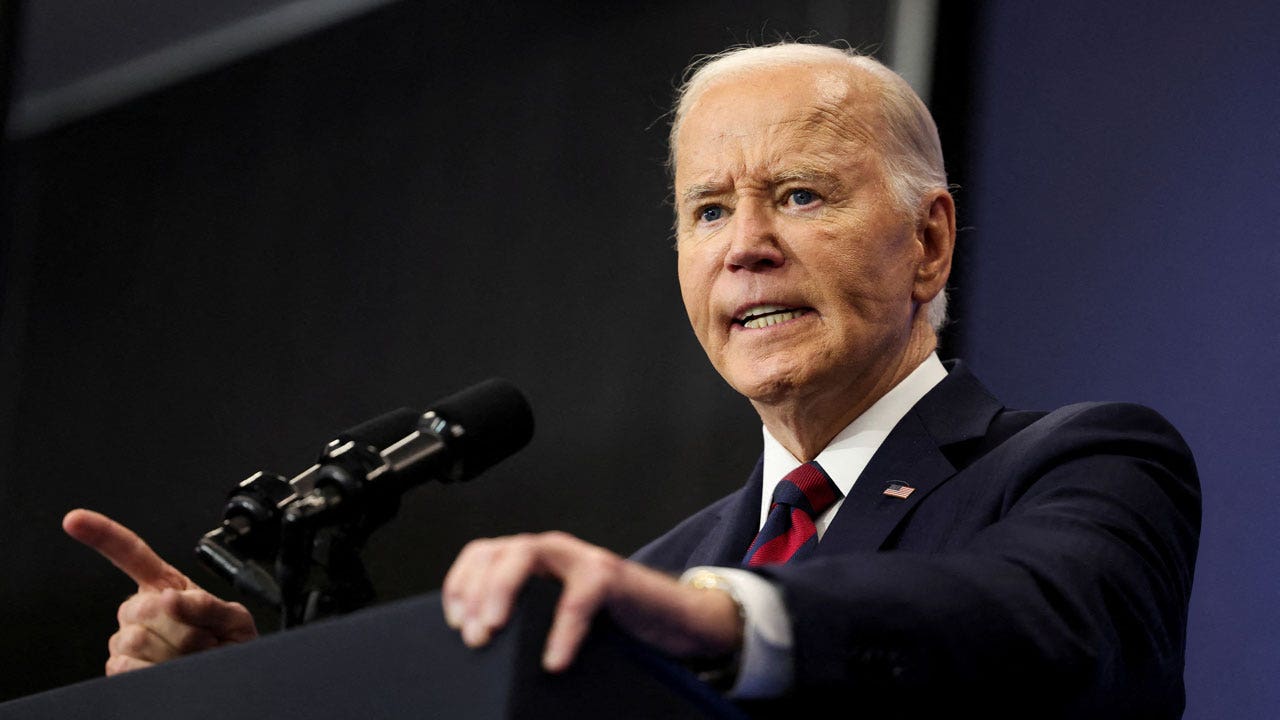The global reaction to this year’s U.N. Climate Change Conference, known as COP26, has largely echoed former U.S. President Barack Obama’s gloomy speech in Glasgow, Scotland, on Monday; as Obama put it, “We have not done nearly enough to address this crisis.” He may well be right. But one agreement announced at the conference offers a new model for progress: the unique deal struck between South Africa and a club of developed-country donors to accelerate the decarbonization of Africa’s most industrialized economy.
The disappointment at COP26 is not an anomaly. Most climate summits have failed to meet the expectations of activists and policymakers. But that’s to be expected: Global climate conferences can produce targets and commitments at best. They are usually watered down in order to convince as many countries as possible to sign on. Most pledges lack credible enforcement mechanisms, while actual policies are then decided by governments and parliaments.
The South Africa deal—which goes under the title of Just Energy Transition Partnership—provides $8.5 billion in grants and cheap loans over the next five years. Funded by the United States, Britain, France, Germany, and the European Union, the program is designed to achieve the lower bound of South Africa’s emissions targets under the Paris Agreement, compatible with keeping the global temperature increase to 1.5 degrees Celsius above 19th-century levels. By most countries’ standards, let alone those of developing countries, this is impressively ambitious.
The global reaction to this year’s U.N. Climate Change Conference, known as COP26, has largely echoed former U.S. President Barack Obama’s gloomy speech in Glasgow, Scotland, on Monday; as Obama put it, “We have not done nearly enough to address this crisis.” He may well be right. But one agreement announced at the conference offers a new model for progress: the unique deal struck between South Africa and a club of developed-country donors to accelerate the decarbonization of Africa’s most industrialized economy.
The disappointment at COP26 is not an anomaly. Most climate summits have failed to meet the expectations of activists and policymakers. But that’s to be expected: Global climate conferences can produce targets and commitments at best. They are usually watered down in order to convince as many countries as possible to sign on. Most pledges lack credible enforcement mechanisms, while actual policies are then decided by governments and parliaments.
The South Africa deal—which goes under the title of Just Energy Transition Partnership—provides $8.5 billion in grants and cheap loans over the next five years. Funded by the United States, Britain, France, Germany, and the European Union, the program is designed to achieve the lower bound of South Africa’s emissions targets under the Paris Agreement, compatible with keeping the global temperature increase to 1.5 degrees Celsius above 19th-century levels. By most countries’ standards, let alone those of developing countries, this is impressively ambitious.
In practice, this funding will serve three goals: early retirement of coal plants, building cleaner energy sources, and support for coal-dependent regions. Retiring coal plants and supporting coal-dependent regions will be a political challenge. The transition away from coal threatens 120,000 jobs at heavily unionized mines and power plants, in a country that by some measures has the world’s highest unemployment rate and where one job often feeds a large family. But the energy transition will also require new energy sources and thus new jobs (though those rarely go to former coal workers).
Realistically, South Africa will need to buttress a substantial renewables buildout with increased natural gas generation. This transition from coal to gas—which is behind the bulk of emissions cuts in the United States, Britain, and other countries—comes at an auspicious time: In 2019, a project led by Total discovered an estimated 1 billion barrels of natural gas off the coast of South Africa. South Africa will need this domestic gas to replace its coal generation with renewables—because weather-dependent wind and solar power always require a reliable backup power source.
This deal is the first of its kind for three key reasons. First, the South African government largely designed the bespoke program, which will enable it to account for local conditions on its own terms. Second, it represents a well-funded partnership among a small number of actors, creating greater accountability than is possible in a vague global or regional agreement. Third, the deal provides funding for a “just transition” at the local level in addition to the early retirement of coal plants, helping to cushion the blow of local deindustrialization in a developing economy. All three of these details imply that it is more likely to succeed than past climate agreements.
The funding involved is another reason for optimism. South Africa’s beleaguered power utility, Eskom, has estimated that it needs around $27 billion for an accelerated transition away from coal. To meet South Africa’s Paris goals, coal’s power share will need to decline much faster than that, going to zero by 2050. $8.5 billion will go a long way in helping South Africa to decarbonize, with important global ramifications: The country is but the 12th-largest emitter of carbon. The $8.5 billion figure may sound large, but it is peanuts compared with what developed nations spend at home: Democrats in the United States hope to pass around $2.5 trillion in two infrastructure-focused bills this year, and the EU has estimated the cost of its European Green Deal at 1 trillion euros between now and 2030.
Moreover, South Africans will benefit greatly from the deal. The country’s coal-based electricity system provides unreliable power at eye-watering prices, stunting the country’s economic growth. At the local level, heavy pollution from coal mining and coal power stations has disastrous effects on the environment and on public health: A leaked South African government study estimates that 5,000 people die each year from pollution in the nation’s coal belt. A transition toward cheaper, decentralized renewable power, supported by natural gas, promises to provide a cheaper, cleaner, and more secure electricity supply.
The model of bespoke multilateral agreements is admittedly harder to scale than big but vague global pledges. But in the long run, smaller deals among fewer countries could produce much more concrete progress. Nor would it take many of these deals to achieve meaningful reductions at a global level: Just 10 countries account for two-thirds of global carbon emissions, and the top 20 emitters account for 79 percent of emissions.
Developed countries should take the success of the South Africa deal and build on it by striking similar agreements with other major economies dependent on coal. Indonesia, one of the world’s top 10 users of coal, committed to phasing out coal at Glasgow; a group of developed countries should follow up with a bespoke, funded deal equivalent to South Africa’s. If these deals are struck, they could accelerate global decarbonization in a just and effective matter. Future generations could then look on COP26 not as a failure but as the birth of a new form of climate diplomacy.




















Discussion about this post